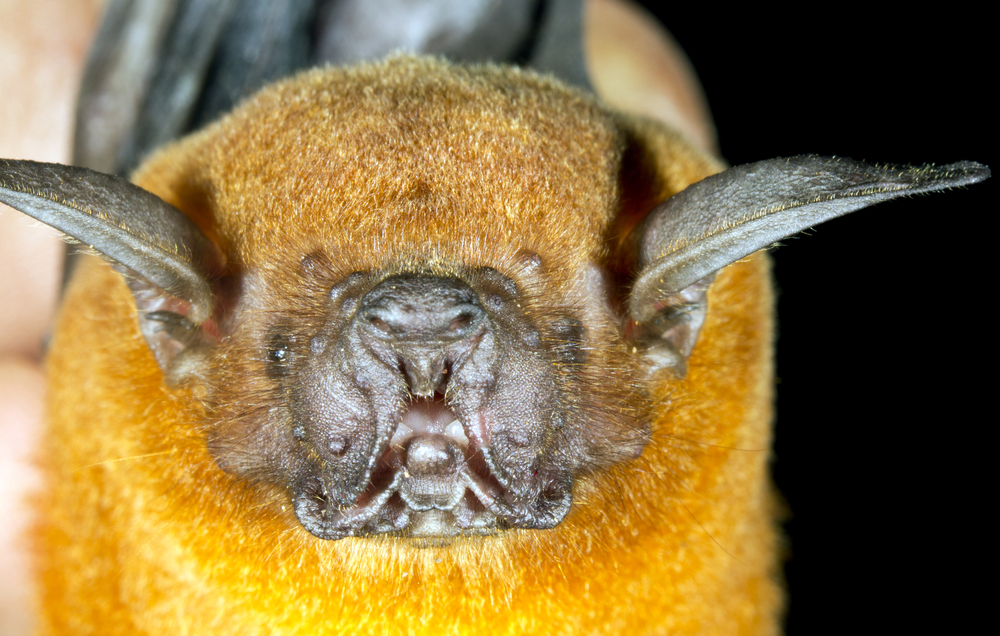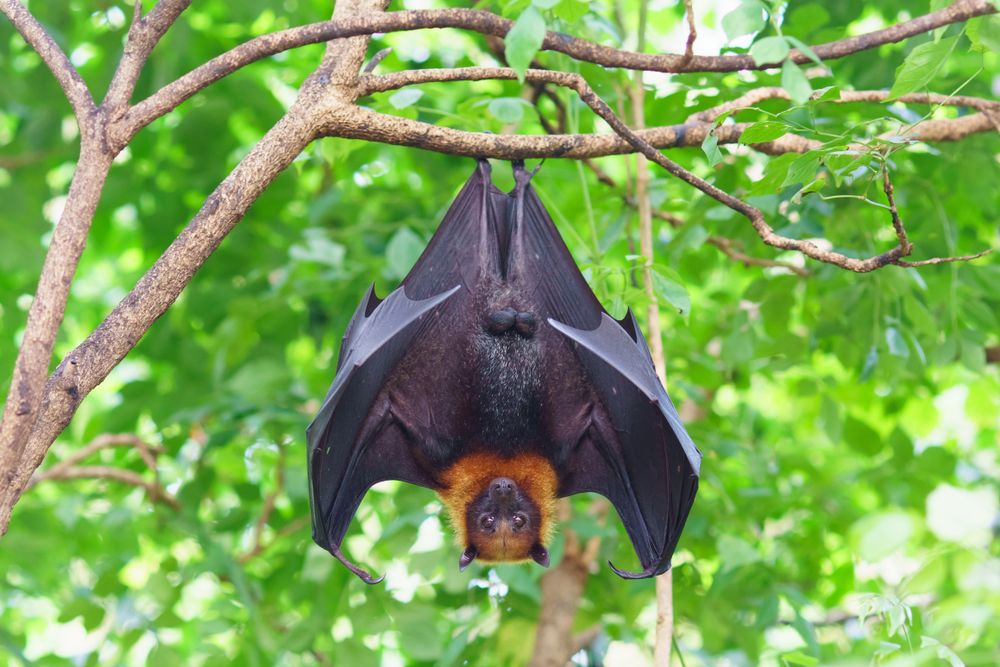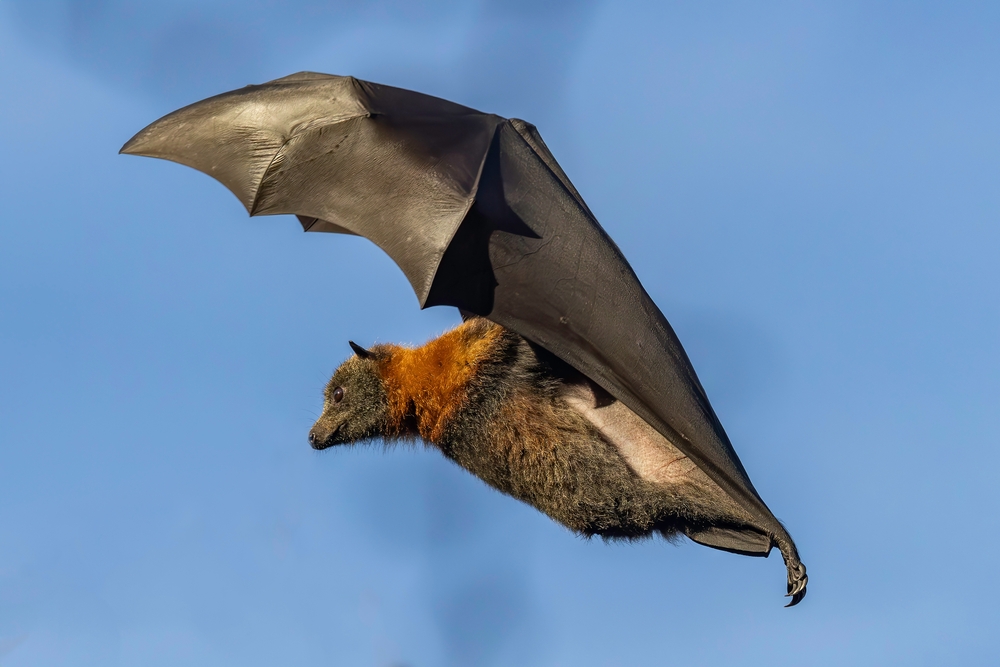About
#Mammals
The Microbat is a diverse group of small to medium-sized bats that make up the majority of the world’s bat species. Belonging primarily to the suborder Microchiroptera, microbats are found on every continent except Antarctica and include over 900 species ranging from tiny bumblebee bats to moderately sized insect-eating species. Unlike fruit bats (megabats), microbats are typically nocturnal, have small eyes, and rely on echolocation—high-frequency sound pulses—to navigate and locate prey in complete darkness.
Most microbats are insectivorous, feeding on moths, beetles, mosquitoes, and other night-flying insects, making them valuable for natural pest control. However, some species have evolved specialized diets, including fish (like the greater bulldog bat), blood (as in vampire bats), frogs, or even other small vertebrates. Their hunting techniques are remarkably precise, often involving mid-air captures or plucking prey from foliage or water surfaces.
Microbats generally have a more compact build than megabats, with short snouts, large ears, and wings adapted for quick, agile flight. They roost in caves, hollow trees, crevices, buildings, and even under leaves, forming colonies that range from a few individuals to thousands.
Despite their ecological importance, microbats face threats from habitat destruction, white-nose syndrome (a fungal disease devastating North American bat populations), pesticide use, and misunderstanding by humans. Conservation efforts are underway globally to protect their habitats, safeguard roosting sites, and raise awareness of their benefits to ecosystems.
As the world’s primary nocturnal insect predators, microbats are essential to biodiversity and the balance of many ecosystems.
Threatened:
Extinct
Critically Endangered
Endangered
Vulnerable
Near Threatened
Least Concern






































































